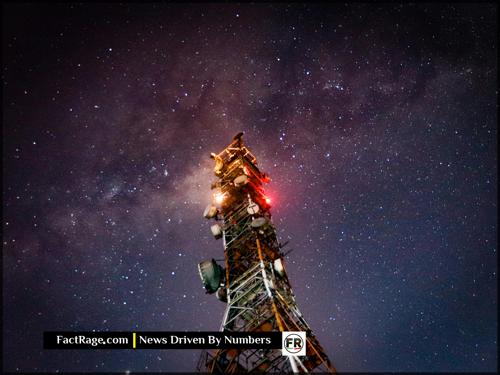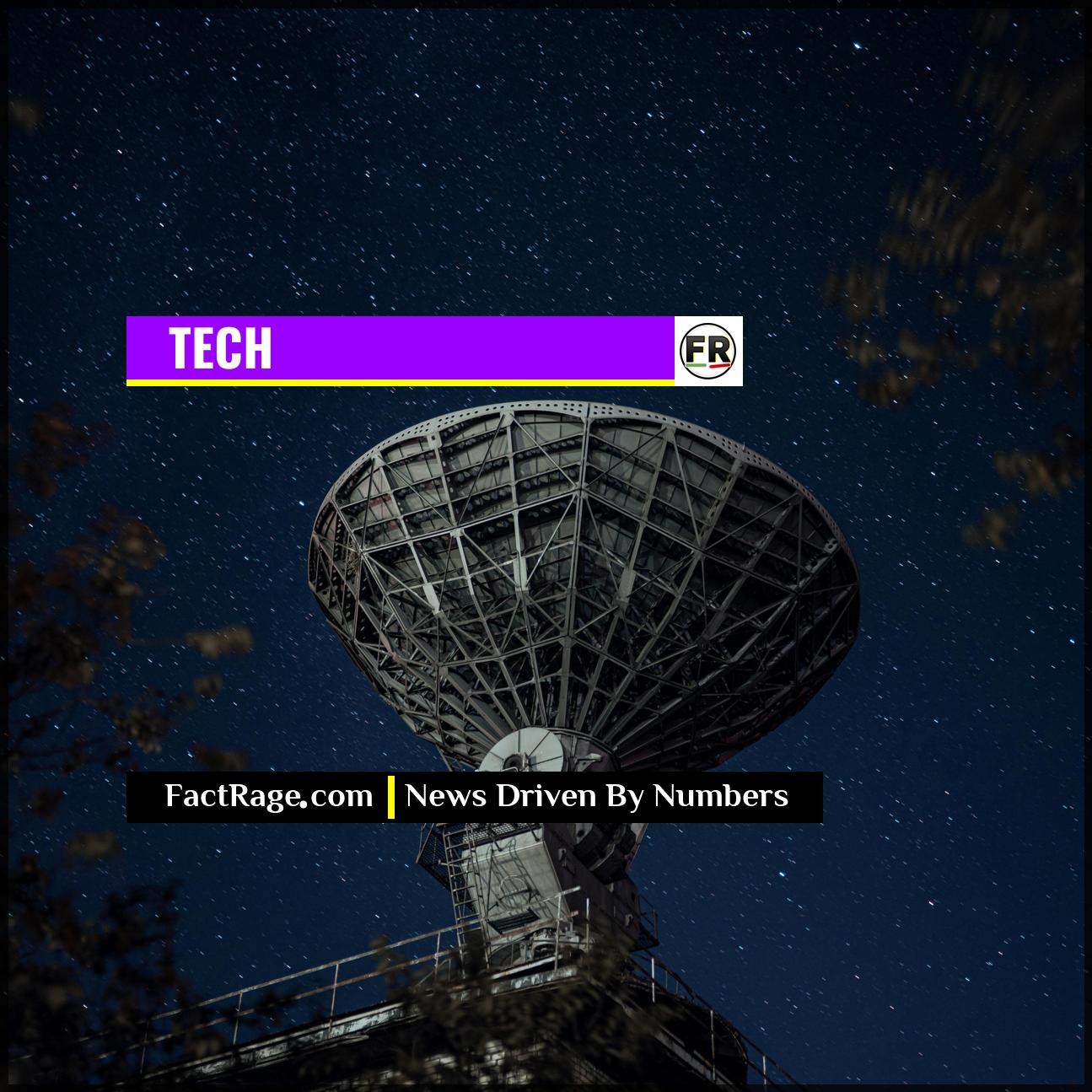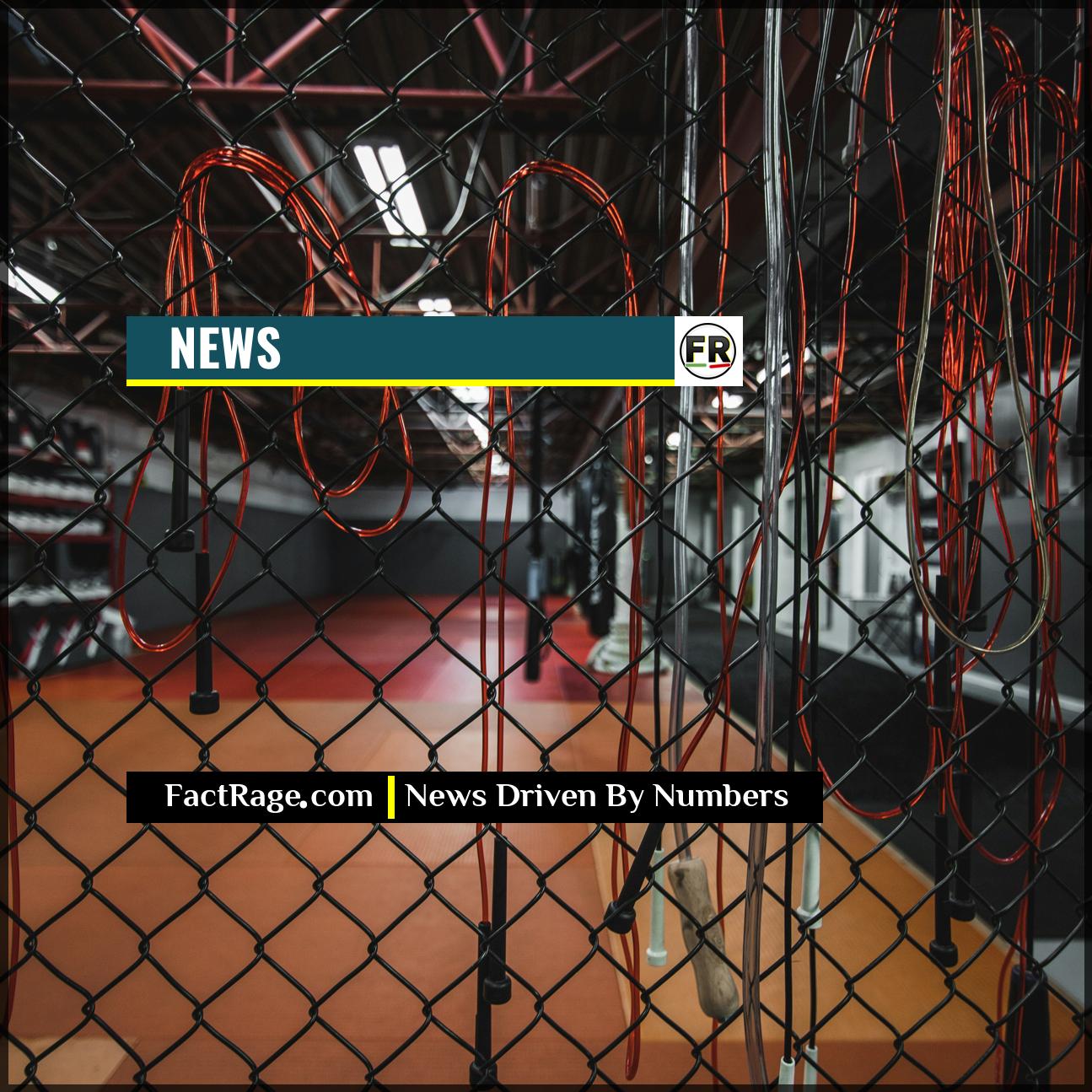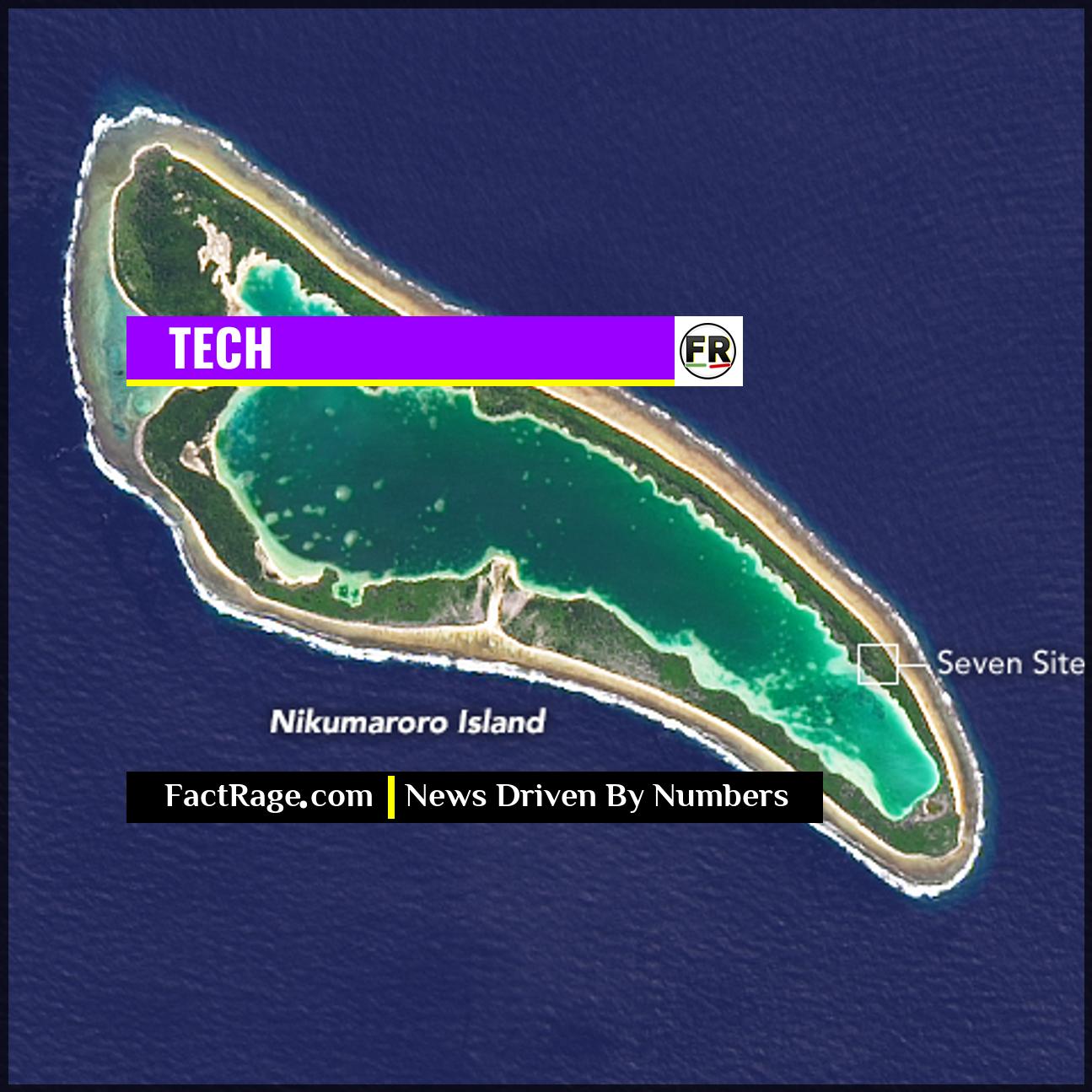GLOBAL – SpaceX’s Starlink initiative is rapidly expanding global internet access, but its growing mega-constellation of satellites is sparking serious concerns among astronomers and space safety experts.
- Astronomical Interference – Sunlight reflecting off thousands of Starlink satellites creates bright streaks in telescope images, potentially obscuring distant celestial objects and hindering scientific discovery.
- Heightened Debris Risk – With over 6,000 satellites currently in orbit and plans for tens of thousands more, the constellation dramatically increases the probability of collisions that could create hazardous space debris.
- Regulatory Challenges – A single private company is on track to operate a majority of active satellites, raising unprecedented questions about the regulation, control, and long-term management of low Earth orbit as a shared global resource.
The project promises to connect the world’s most remote regions, but this rapid deployment comes with significant, and potentially irreversible, costs to the final frontier. The central question emerging is how to balance the immediate benefits of universal connectivity with the long-term preservation of space for science and safety.
Why Astronomers See a Troubled Sky

For astronomers, the night sky is a pristine laboratory. The arrival of thousands of low-flying, reflective satellites has introduced a new form of light pollution. When ground-based telescopes take long-exposure images to capture faint, distant galaxies, passing Starlink satellites can leave bright streaks across the data, rendering it useless.
According to the International Astronomical Union (IAU), these mega-constellations pose a “serious threat to fundamental astronomical research.” While SpaceX has attempted to mitigate the issue by developing satellites with anti-reflective coatings and sun-shielding visors, studies show these measures only partially reduce the brightness. The sheer number of satellites means that for sensitive instruments like the Vera C. Rubin Observatory in Chile, a significant fraction of images will still be affected, potentially delaying or preventing key discoveries about the nature of the universe.
Is a Space Debris Crisis on the Horizon?
Beyond the view from the ground, there is a growing concern about the traffic overhead. As of mid-2024, SpaceX has launched more than 6,000 Starlink satellites, with authorizations for up to 12,000 and applications for an additional 30,000. This influx is drastically increasing the density of objects in low Earth orbit (LEO).
Space safety experts warn this raises the risk of collisions. A single impact between two satellites could generate thousands of new pieces of debris, each capable of causing further catastrophic collisions. This scenario, known as the Kessler Syndrome, could create a chain reaction that makes certain orbits unusable for generations. While Starlink satellites are designed to de-orbit themselves at the end of their five-year lifespan, a 5% failure rate—a standard industry estimate—would mean hundreds of dead, uncontrollable satellites from the initial constellation alone, posing a long-term hazard.
The Governance Gap: Who Regulates a Mega-Constellation?
The rise of Starlink has outpaced the legal and regulatory frameworks designed to govern space. In the United States, the Federal Communications Commission (FCC) grants licenses for satellite launches, but its authority is primarily focused on radio frequency interference, not orbital debris or light pollution.
Internationally, treaties like the Outer Space Treaty of 1967 established space as a global commons, but they were written when only nations, not private corporations, operated there on a large scale. The unprecedented dominance of a single company in LEO raises complex questions. What happens if the company faces financial trouble and can no longer manage its fleet? Who is liable for a collision caused by a Starlink satellite? These are the governance gaps that regulators and the international community are now scrambling to address as the sky fills with privately owned infrastructure.














